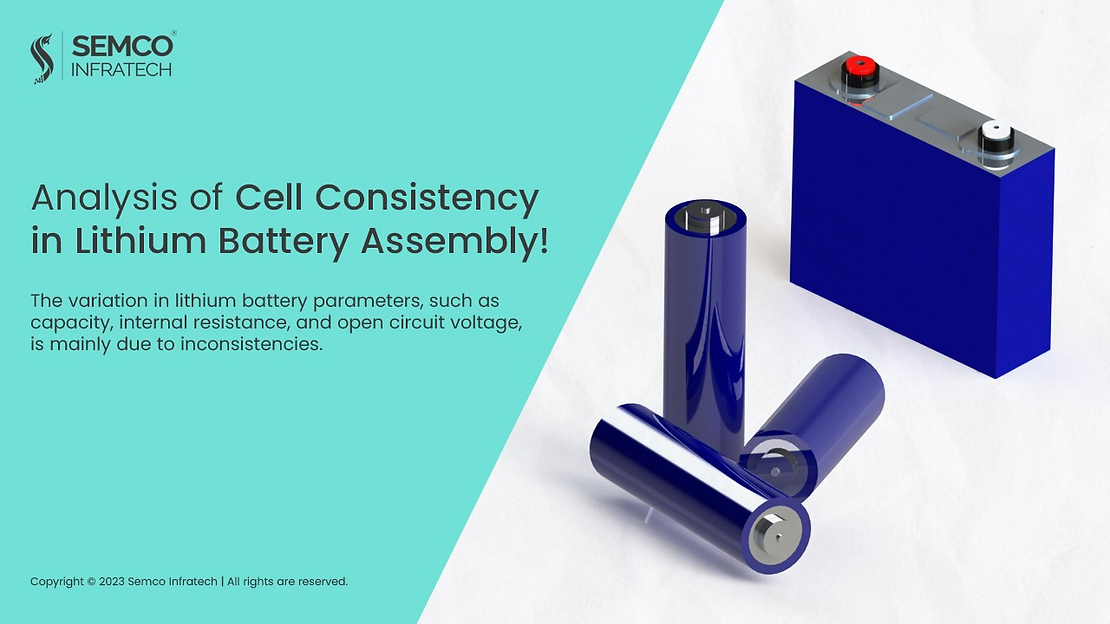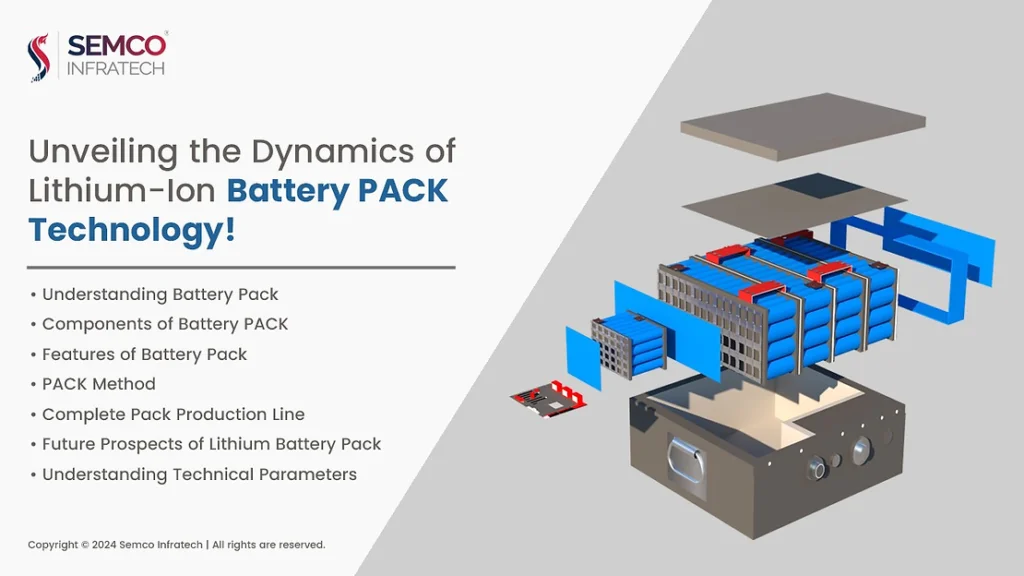The variation in lithium battery parameters, such as capacity, internal resistance, and open circuit voltage, is mainly due to inconsistencies. These inconsistencies occur during production and worsen over time.
Definition of Consistency
Currently, lithium-ion battery consistency means bringing together important characteristic parameters of a group of batteries. It’s a relative concept, with no “most consistent,” only “more consistent.” Ideally, each parameter in multiple cell strings within the same pack should stay within a small range for consistency.
When considering time, consistency involves maintaining all characteristic parameters throughout the entire life cycle of all cells in the lithium-ion battery pack. This helps reduce capacity reduction inconsistency, internal resistance growth inconsistency, and aging rate inconsistency. Ultimately, the focus is on ensuring consistency for the entire pack’s lifespan.
The Concept of Inconsistency
The inconsistency of lithium battery parameters mainly involves capacity, internal resistance, and open circuit voltage. The voltage represents the initial battery voltage during assembly, while internal resistance is the AC internal resistance when fully charged, and capacity is the discharge capacity after full charging.
As the battery undergoes continuous charge and discharge cycles, the state of each individual cell (SOC, voltage, etc.) becomes increasingly different. Additionally, the varying usage environment within the lithium battery pack affects each cell differently.
This gradual amplification of inconsistency during use can accelerate the performance degradation of some cells and eventually lead to premature failure of lithium battery packs.
Note: SOC refers to the remaining power of the battery and is an important parameter for battery use. It is used to estimate the overcharge and over-discharge of the battery.
Causes of Inconsistency
The inconsistency of lithium battery packs is a gradual process. Over time, the differences between individual batteries within the pack increase. Additionally, the battery pack is influenced by its usage environment. As time goes on, the inconsistencies among individual batteries are amplified, leading to accelerated performance degradation of some batteries and eventual failure of the entire pack.
The inconsistency of lithium battery packs is primarily influenced by two factors:
1. Technical issues and uneven materials during manufacturing result in small differences between battery materials. After the pack is put into use, variations in electrolyte density, temperature, ventilation conditions, self-discharge rate, and charging/discharging processes may lead to differences in capacity and internal resistance among batteries from the same batch.
2. When used in a vehicle, factors such as electrolyte density, temperature, ventilation conditions, self-discharge rate, and charging/discharging processes of each battery within the pack can also impact consistency.
Scope of Evaluation of Consistency
My understanding is that the consistency of all cells is crucial, whether they are in series or parallel. Here’s a simple example:
In a parallel setup, if cells with low discharge capacity (let’s call them B) are connected in parallel with other normal cells to form a module D, they can become a bottleneck in the entire battery pack’s discharge capacity over time due to faster aging.
In a series setup, if a module D in the whole battery pack has aged more than other modules, it can affect the entire pack’s charging process and lead to imbalances in capacity and internal resistance.
Therefore, ensuring consistency across all power batteries is essential, not just within individual modules.
Hazards and Problems Caused by the Inconsistency of Lithium Battery Packs:
Poor consistency can lead to uneven real-time voltage distribution during charging and discharging, potentially causing overvoltage charging or under-voltage discharge, which poses safety risks. Here are the details:
- Capacity Loss: The capacity of the weakest cell determines the capacity of the entire battery pack, following the “barrel principle.”
- Life Loss: Cells with lower capacity may reach the end of their lifespan sooner due to excessive output during each cycle, affecting the entire group of cells they are connected to.
- Increased Internal Resistance: Cells with higher internal resistance generate more heat, leading to accelerated deterioration and further increase in internal resistance.
Lithium batteries use a protective circuit system to ensure safety. Voltage consistency is crucial, as the protection system relies on voltage monitoring. If one cell reaches protection conditions, the battery circuit is cut off, regardless of the status of other cells. Over time, differences in voltage consistency can lead to loss of battery value and potential safety issues, especially if there are individual protection system failures.





